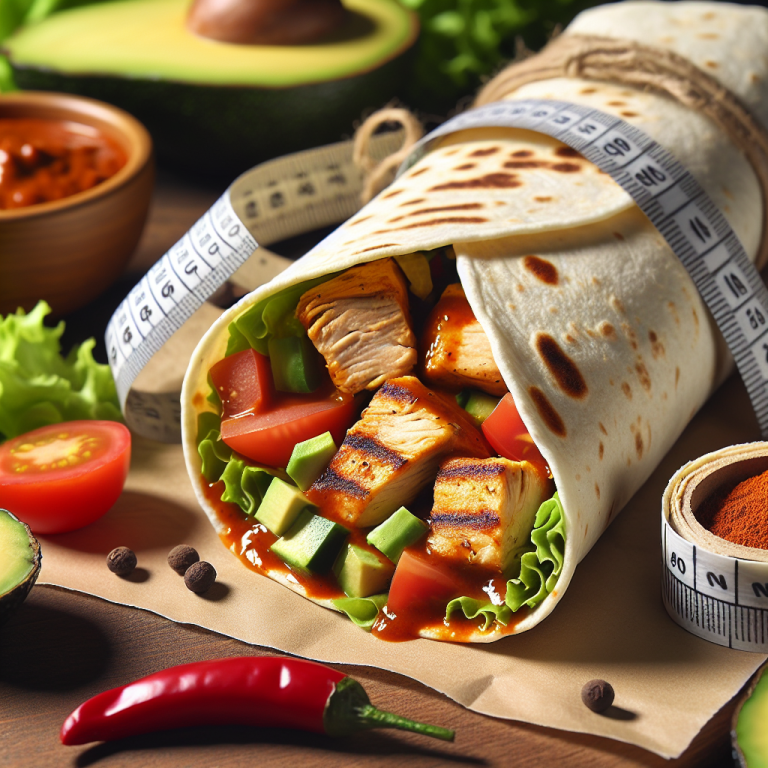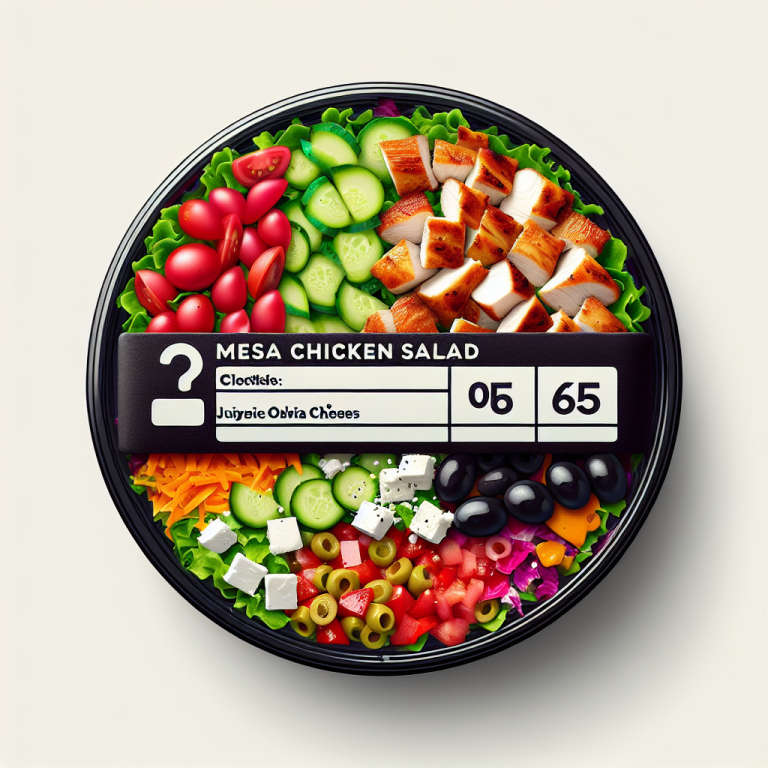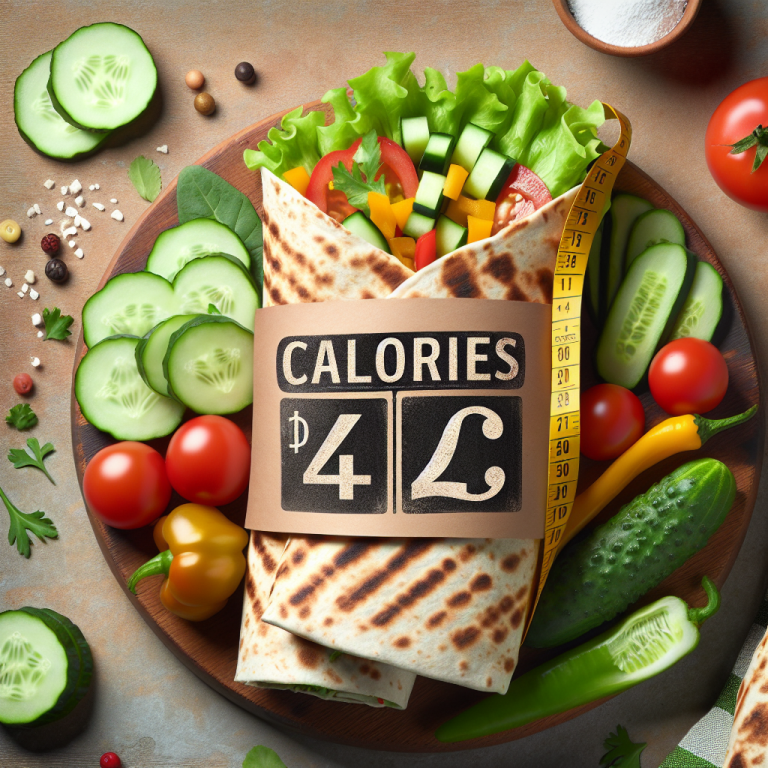McDonaldʼs Calories In A Cheeseburger McDonaldʼs
Craving a McDonald’s cheeseburger but curious about its nutritional value? You’re not alone. This fast-food favorite is more than just a tasty treat. While it might not seem like a healthy option, understanding the calorie count and nutritional benefits of a McDonald’s cheeseburger can help you make informed dietary choices. Packed with protein, this burger…
Craving a McDonald’s cheeseburger but curious about its nutritional value? You’re not alone. This fast-food favorite is more than just a tasty treat. While it might not seem like a healthy option, understanding the calorie count and nutritional benefits of a McDonald’s cheeseburger can help you make informed dietary choices. Packed with protein, this burger can be part of a balanced diet when consumed in moderation. Let’s explore the nutritional facts of this popular meal.
Nutrition Facts
Serving Size 1 McDonald’s Cheeseburger (115g)
Amount Per Serving
Calories
300
| Total Fat | 12.00 g | 18% |
| Saturated Fat | 6.00 g | 30% |
| Trans Fat | 1.00 g | 5% |
| Cholesterol | 40 mg | 13% |
| Sodium | 680 mg | 28% |
| Total Carbohydrate | 32.00 g | 11% |
| Dietary Fiber | 2.00 g | 8% |
| Total Sugars | 7.00 g | 14% |
| Protein | 15.00 g | 30% |
| Vitamin D | – | 0% |
| Calcium | 150 mg | 15% |
| Iron | 2.50 mg | 14% |
| Potassium | 230 mg | 6% |
* The % Daily Value (DV) tells you how much a nutrient in a serving of food contributes to a daily diet.
2,000 calories a day is used for general nutrition advice.
Nutrient Distribution
Calorie Burn Time
How long would it take to burn off total calories from 100g of McDonaldʼs calories in a cheeseburger mcdonaldʼs?
FAQs
Conclusion
While a McDonald’s cheeseburger may not be the healthiest choice, it can still fit within a balanced diet when enjoyed in moderation. With a decent protein content, it provides some nutritional benefits. However, it’s crucial to be mindful of its fat and sodium levels. Pairing it with healthier options, such as a side salad or fruit, can help balance your meal.





